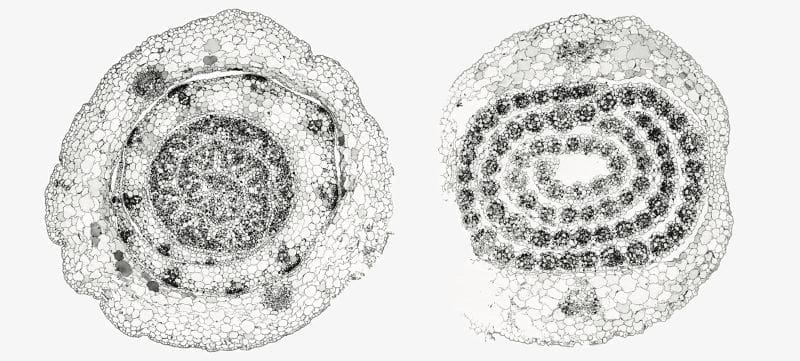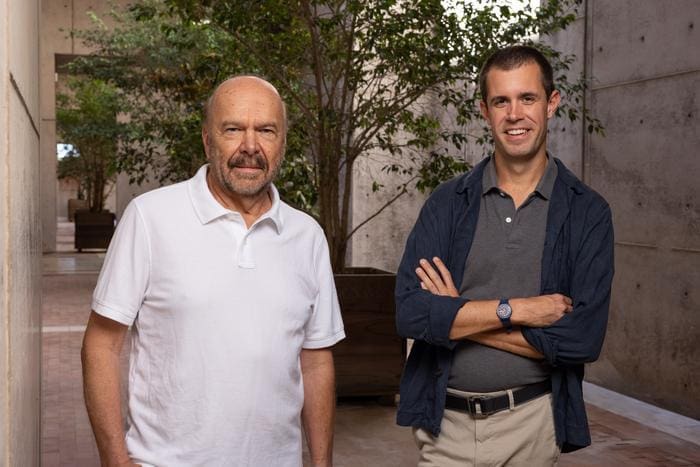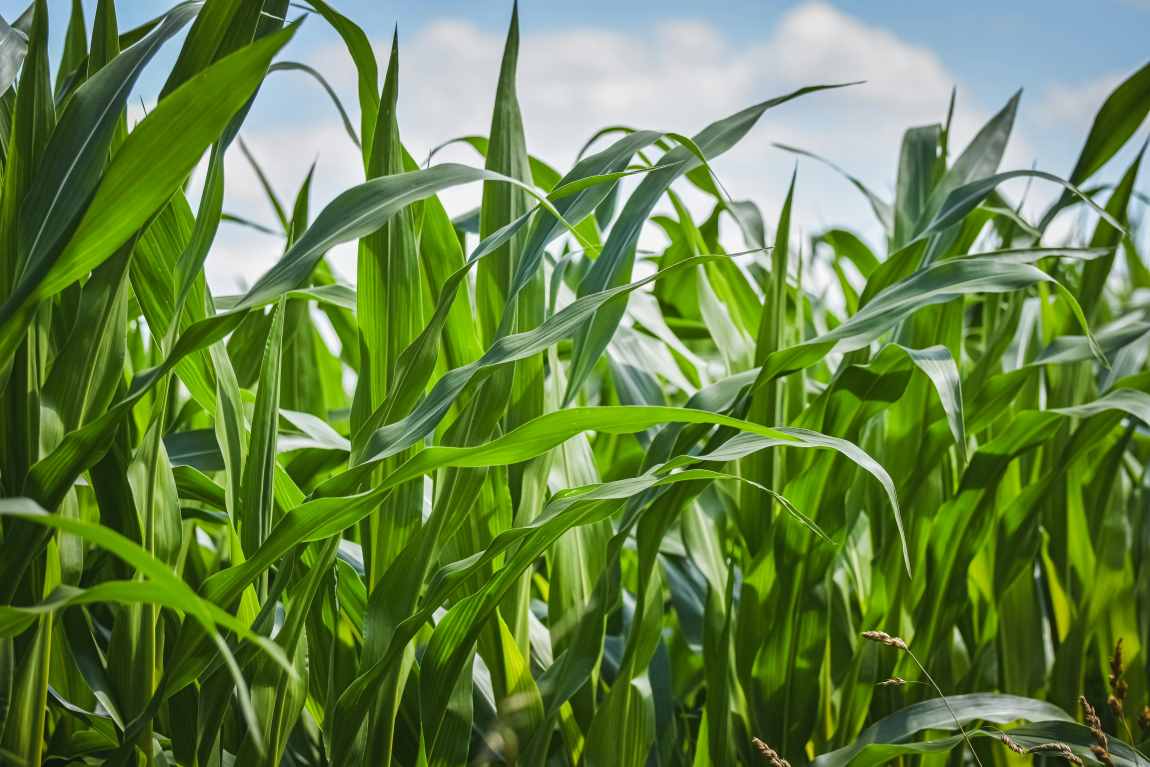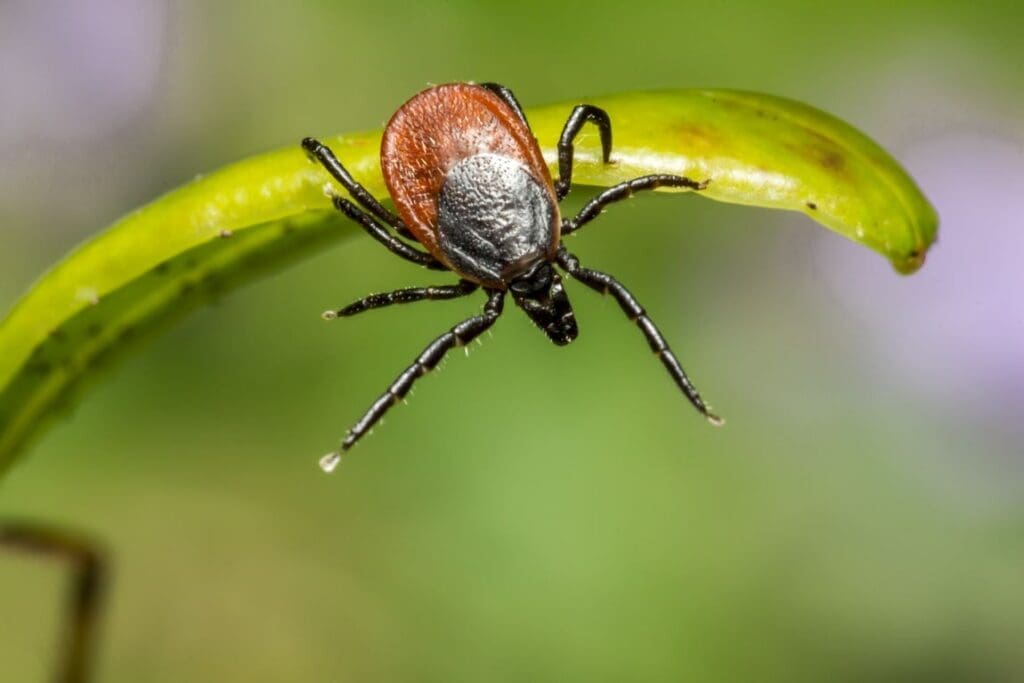Scientists from the Salk Institute and the University of Cambridge have uncovered how certain plants developed a highly efficient photosynthesis method known as C4, a discovery that could revolutionize global agriculture by enhancing the productivity and resilience of staple crops like rice and wheat.
The study, published in Nature, sheds light on how plants adapted at the molecular level to thrive in hot, dry environments – a breakthrough with potential to address food security amid climate change.

Over three billion years ago, photosynthesis emerged in ancient bacteria, laying the groundwork for plants as we know them today. About 30 million years ago, a transformative shift occurred when some plants evolved from the traditional C3 photosynthesis to C4 photosynthesis.
While 95% of plants, including rice and wheat, still rely on C3 photosynthesis, a smaller group, including corn and sorghum, developed the more efficient C4 system. This efficiency enables C4 plants to conserve energy and water, making them especially productive in arid climates.

C3 photosynthesis has inherent inefficiencies: it mistakenly uses oxygen instead of carbon dioxide roughly 20% of the time, wasting energy, and leaves plant pores open too frequently, increasing vulnerability to drought and heat. In contrast, C4 plants recruit additional cells, called bundle sheath cells, to assist with photosynthesis. This dual-cell system eliminates the oxygen error and reduces water loss, enhancing efficiency by 50%.
Using advanced single-cell genomics, researchers examined the molecular distinctions between C3 and C4 plants by comparing rice (C3) and sorghum (C4). This approach allowed the team to investigate individual cell types and uncover genetic regulatory differences between the two photosynthesis methods.
“We were surprised and excited to find that the difference between C3 and C4 plants is not the removal or addition of specific genes,” said Joseph Ecker, senior author of the study and Salk International Council Chair in Genetics. “Rather, the difference is on a regulatory level, which could make it easier for us in the long run to turn on more efficient C4 photosynthesis in C3 crops.”
The key lies in transcription factors – proteins that regulate gene activity by binding to specific DNA regions, known as regulatory elements. Both C3 and C4 plants share the same transcription factors and genes necessary for C4 photosynthesis. However, in C4 plants, regulatory elements for bundle sheath identity genes are linked to photosynthesis genes, enabling both to activate simultaneously. This adaptation allowed C4 plants to repurpose bundle sheath cells for photosynthesis.
“Now we’ve got this blueprint for how different plants utilize the sun’s energy provides a pathway to develop more productive and resilient crops,” said Joseph Swift, co-first author of the study and postdoctoral researcher at Salk.
The findings mark a significant step forward for initiatives like the C4 Rice Project, a global effort to engineer rice plants to adopt C4 photosynthesis. Although achieving this transformation remains a long-term challenge, the discovery offers a promising foundation for the development of crops that can better withstand climate pressures.
As part of the Salk Harnessing Plants Initiative, the research also contributes to optimizing plants to sequester carbon while adapting to environmental stressors. The team has made their single-cell genomics data available as a resource for scientists worldwide, accelerating research in plant biology and crop innovation.
The work, supported by organizations including the Howard Hughes Medical Institute and the Bill and Melinda Gates Foundation, reflects an international collaboration aimed at solving one of agriculture’s most pressing challenges.
Journal Reference:
Swift, J., Luginbuehl, L.H., Hua, L. et al. ‘Exaptation of ancestral cell-identity networks enables C4 photosynthesis’, Nature (2024). DOI: 10.1038/s41586-024-08204-3
Article Source:
Press Release/Material by Salk Institute
Featured image credit: Alexas Fotos | Pexels




